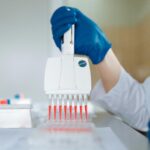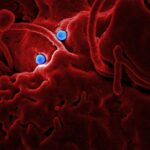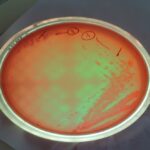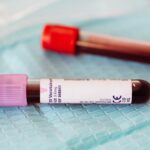
Why Exotoxins are not tested in the pharmaceutical industry?
Pharmaceutical industry Exotoxins are not tested, but the exotoxins also highly antigenic (the substance it can stimulates the body to produce immonological reactions to that substance) proteins. They are produced at a low, constant rate from inside bacteria or are released as a result of lysis of the bacterial cell. Exotoxins can generate powerful antibody…




